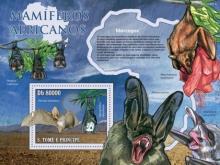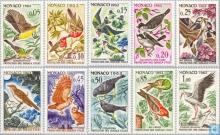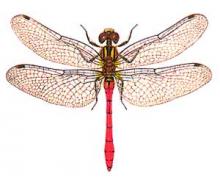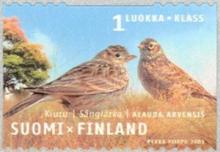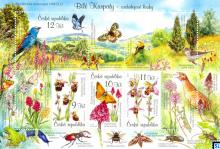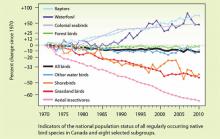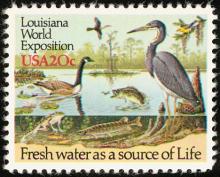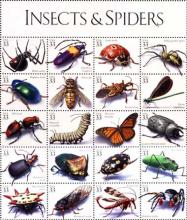Insektengifte - Schleichende Gefahr vom Acker (ZDF planet e, 04.10.2015, 14:30 Uhr)
Neonicotinoide sind Insektenvertilgungsmittel, die manche für Wunderwaffen auf dem Acker halten. Aber das Gift tötet nicht nur Schädlinge, sondern bedroht in Kleinstmengen auch Menschen. Die Pestizide wirken als Nervengift tödlich auf Insekten und bilden dauerhaft Rückstände in Pflanzen. Japanische Wissenschaftler haben in Versuchen nachgewiesen, dass Neonicotinoide verheerend auf die Gehirnentwicklung von Föten und Säuglingen wirken. Die Spurensuche nach den Neonicotinoiden führt "planet e." nach Japan. Dort hat Recherchen zufolge der Einsatz dieser Mittel mutmaßlich zahlreiche Menschen gesundheitlich geschädigt. Aber auch in Europa warnte die zuständige Behörde für Lebensmittelsicherheit EFSA schon vor zwei Jahren vor den Folgen des Pestizids, besonders für Babys und Kinder. Doch noch immer werden Neonicotinoide in Europa und auf der ganzen Welt tonnenweise ausgebracht. Gegen ein drohendes Totalverbot laufen jetzt die Hersteller und Lobbyisten Sturm: in Brüssel bei der EU und in Berlin bei den zuständigen Ministerien. "planet e." spricht mit Prof. Karl Zwiauer vom Universitätsklinikum St. Pölten in Niederösterreich. Der Kinderarzt rät Eltern vorsorglich vom Verzehr mit Neonicotinoiden behandelter Lebensmittel ab. Das Gift gelange über die Plazenta oder die Muttermilch unmittelbar zum Nachwuchs. Zwar sei ein direkter Nachweis oft schwierig. Doch Gifte wie die Neonicotinoide wirkten schleichend und es sei möglich, dass spätere Lern- und Kommunikationsschwierigkeiten darauf zurückzuführen sind. Dabei, erklärt Dr. Henk Tennekes in "planet e.", sei die Menge des aufgenommenen Pestizids unwichtig. Der Toxikologe hat nachgewiesen, dass Neonicotinoide im Gegensatz zu andern Pestiziden schon in kleinsten Mengen wirken. "Es gibt keine Schwelle, keinen Grenzwert, bei dem die Neonicotinoide nicht gefährlich sind", so Tennekes in der Dokumentation über die Neonicotinoide - die schleichende Gefahr vom Acker.


